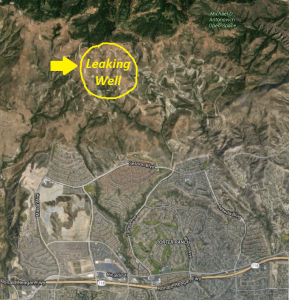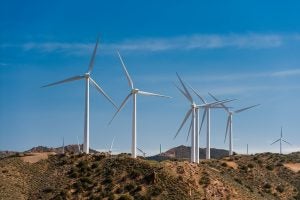 By Jeremy Proville and Jonathan Camuzeaux
By Jeremy Proville and Jonathan Camuzeaux
Just 60 days into Trump’s presidency, his administration has wasted no time in pursuing efforts to lift oil and gas development restrictions and dismantle a range of environmental protections to push through his “America First Energy Plan.” An agenda that he claims will allow the country to, “take advantage of the estimated $50 trillion in untapped shale, oil, and natural gas reserves, especially those on federal lands that the American people own.”
Putting aside the convenient roundness of this number, its sheer size makes the policy sound appealing; but, buyer beware. Behind the smoke and mirrors of this $50 trillion is an industry-commissioned Institute for Energy Research (IER) report that lacks serious economic rigor. The positive projections from lifting oil and gas restrictions come straight from the IER’s advocacy arm, the American Energy Alliance. Several economists reviewed the assessment and agreed: “This is not academic research and would never see the light of day in an academic journal.”
Here are six reasons Trump’s plan can’t deliver on its promises. Read More
 As he settles into his final two years as California’s longest-serving Governor, Jerry Brown has limited time to finalize his energy and climate policy legacy. Meanwhile, with a new crop of state legislators and two new appointees at the California Public Utilities Commission (CPUC), California has a fresh set of actors who will be actively questioning the way things are — and the way things should be.
As he settles into his final two years as California’s longest-serving Governor, Jerry Brown has limited time to finalize his energy and climate policy legacy. Meanwhile, with a new crop of state legislators and two new appointees at the California Public Utilities Commission (CPUC), California has a fresh set of actors who will be actively questioning the way things are — and the way things should be. Yesterday, the Southern California Gas Company filed for permission to resume operations through approved wells at its Aliso Canyon gas storage facility, saying it has completed key safety tests. The facility has been offline over the last year, after it sprung one of the largest gas leaks ever recorded.
Yesterday, the Southern California Gas Company filed for permission to resume operations through approved wells at its Aliso Canyon gas storage facility, saying it has completed key safety tests. The facility has been offline over the last year, after it sprung one of the largest gas leaks ever recorded. The Los Angeles City Council recently passed a unanimous
The Los Angeles City Council recently passed a unanimous  On June 20 and 21, temperatures across the Southwest
On June 20 and 21, temperatures across the Southwest  By
By